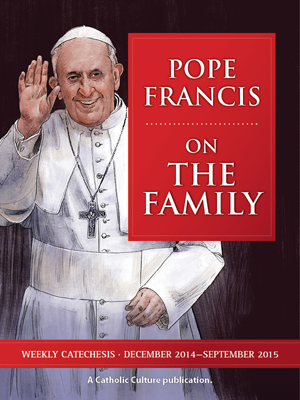Catholic Recipe: Potato Apple Cake
October 31 has a two-fold significance: it is the vigil of the feast of All Saints, and also one of the days on which in pre-Christian times wild masquerades were held in order to frighten the demons away at the approach of the dark evenings of winter.
As vigil of the feast of All Saints, October 31 used to be a day of strict fast and abstinence. This is still reflected in the traditional fare: the meals consist of meatless dishes, mostly made of potatoes.
In the countries of Europe that once belonged to the Roman Empire the custom has survived of eating or giving away apples and serving dishes made of apples. This tradition also spread to neighboring countries: to Ireland and Scotland from Britain, and to the Slavic nations from Austria and Bavaria. It seems to be based on the ancient Roman festival of Pomona, the goddess of orchards and fruits. Since the feast of Pomona was kept on November 1, this observance became part of our Halloween celebrations, such as the familiar custom of "ducking" for apples.
DIRECTIONS
Sprinkle salt, melted butter, ginger, over mashed potatoes. Knead with enough flour to make pliable paste. Roll out. Cut into 4 farls (biscuit shape cut into 4 triangles).
Place apple slices on 2 farls. Cover with 2 remaining farls. Nip edges to seal together. Bake on griddle until brown on both sides. Slit cakes around side. Turn top back. Dot apples with butter. Sprinkle well with sugar. Replace top. Put in 350° oven until butter and sugar have melted to form delicious sauce. Cut farls in pieces. Serve hot.
Note: In All Hallows Eve potato dishes a wedding ring wrapped in oiled paper is inserted to tell the fate of the lucky person in whose portion it appears.
Recipe Source: Catholic Cookbook, The by William I. Kaufman, The Citadel Press, New York, 1965






